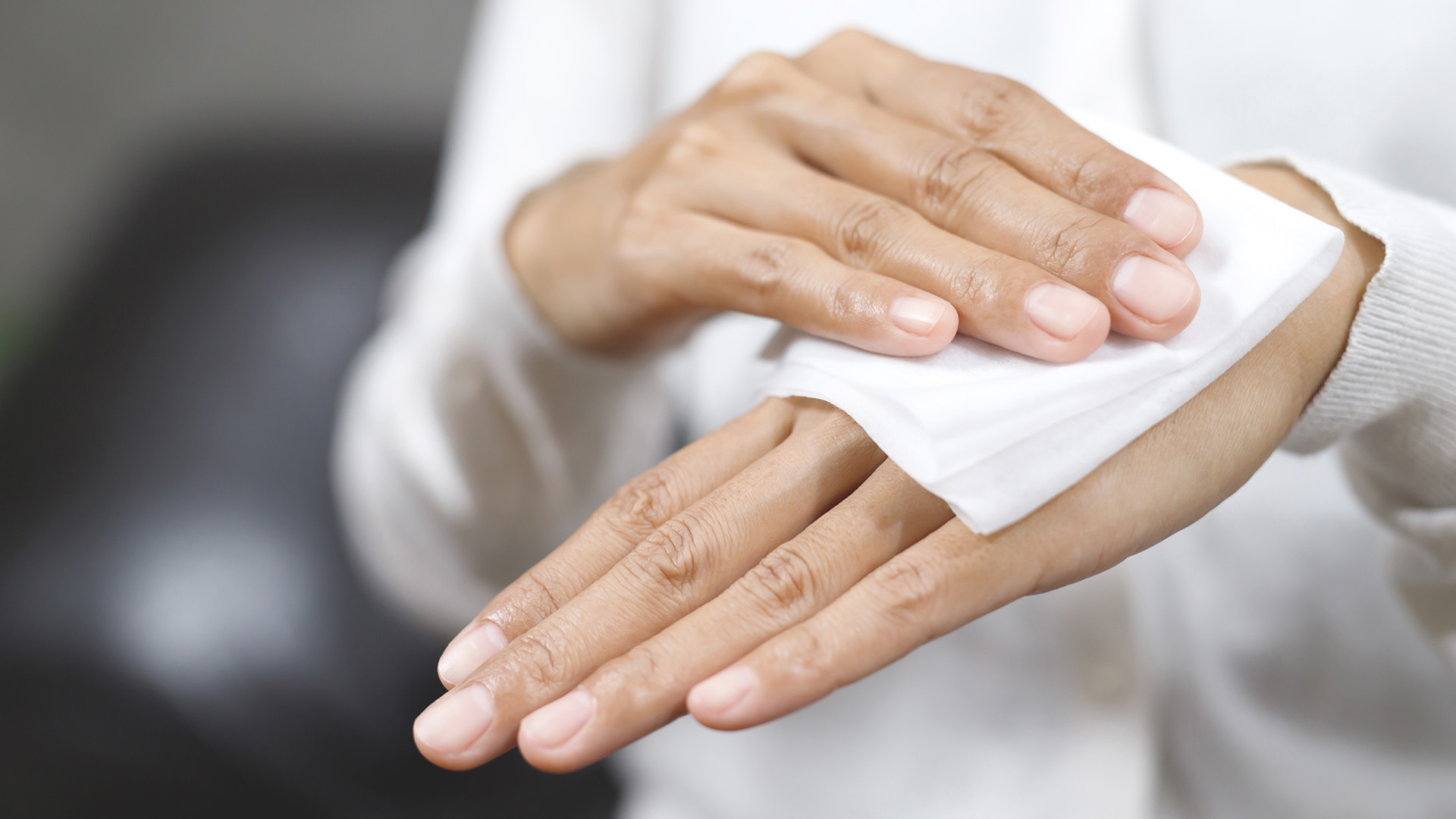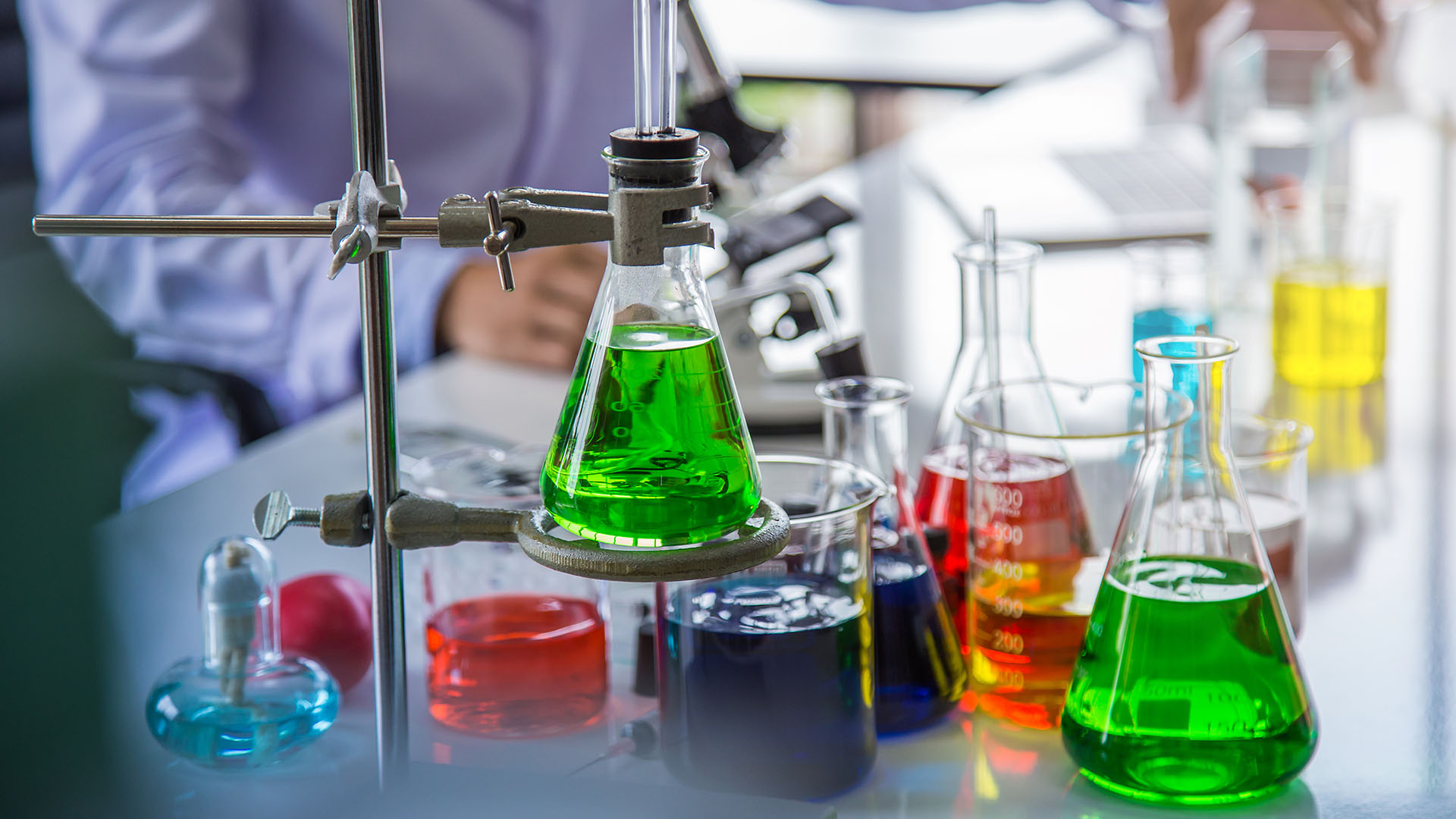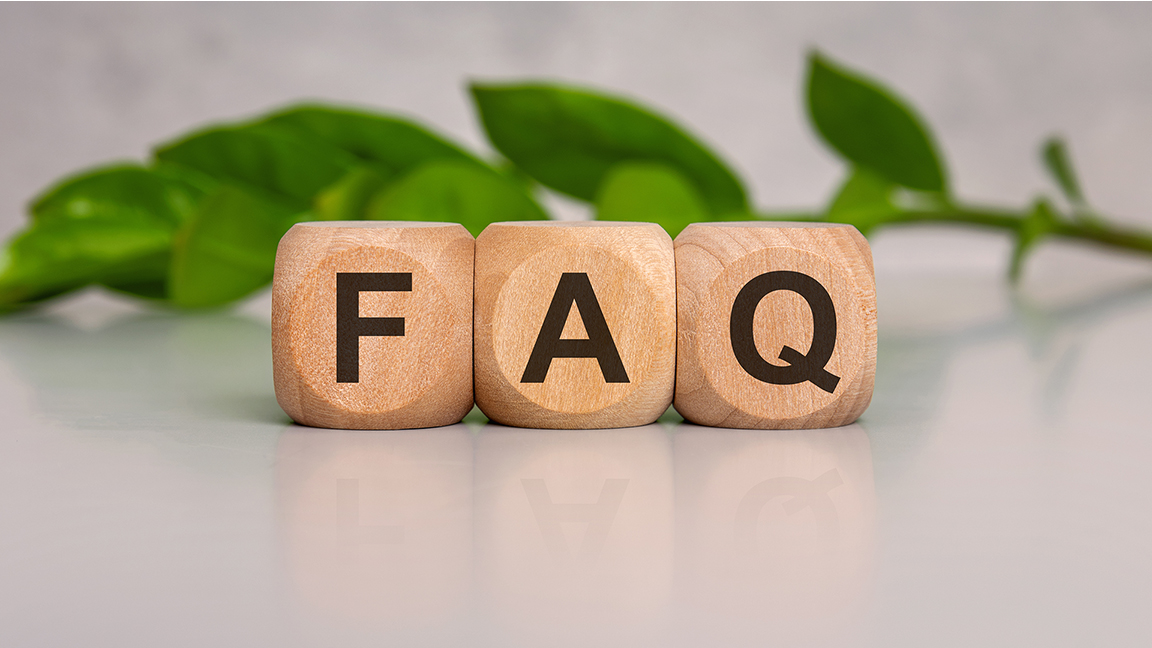
The Complete Guide to Sanitising Wipes in Malaysia: What to Look For
In today’s heightened awareness of hygiene and public health, sanitising wipes have become essential in many Malaysian households, workplaces, and public institutions. But not all wipes are created equal. This guide will help Malaysians understand what to look for in sanitising wipes, the standards and regulations in Malaysia, current market trends, and how to choose products that truly protect.
What Are Sanitising Wipes?
Sanitising wipes (or disinfectant/surface wipes) are pre-moistened sheets designed to kill or reduce pathogens (viruses, bacteria, fungi), clean surfaces, and sometimes also remove grime or dirt. They are convenient because they combine cleaning and sanitisation in one action without needing water or separate disinfectant liquids.

Regulations & Standards in Malaysia
Before buying sanitising wipes, it is important to know what rules apply locally. Here are the regulatory and standard considerations in Malaysia:
1. The National Pharmaceutical Regulatory Agency (NPRA) under the Ministry of Health Malaysia regulates surface disinfectants. Suppose a wipe is promoted as a disinfectant (i.e. claiming to kill or inactivate pathogens). In that case, its active ingredients and efficacy must be registered with NPRA following their Guidelines for the Registration of Surface Disinfectants.
2. The NPRA guidelines specifically state that disinfectant wipes must not be used on hands or as baby wipes if they are surface disinfectants. They also emphasise safety: keep disinfectant wipes out of reach of children and pets, and avoid reusing disposable items.
3. The guidelines also require disclosure of active ingredients, concentration, efficacy claims, usage instructions, safety precautions, etc. This helps ensure consumers are informed and can compare products.

Current Market & Consumer Trends in Malaysia
Understanding what is happening in the marketplace helps you make a better choice. Here are some current trends for Sanitising Wipes Malaysia:
1. The Malaysian surface disinfectant wipes market is projected to reach USD 68.99 million by 2032, growing at a compound annual growth rate (CAGR) of 10.1% from 2025 onwards. This reflects rising demand from households, commercial settings, and health care.
2. Globally, the disinfectant wipes market was valued at about USD 6.07 billion in 2024, and is expected to grow to USD 9.91 billion by 2033 with a CAGR of approximately 4.9%.
3. Malaysian consumers are also showing preferences for wipes that are not just effective but safe — low or no skin irritants, alcohol-based vs non-alcohol, fragrance-free, and more environmentally friendly. Also, products that are lab-tested by recognised labs (e.g. SGS, ALS) are gaining trust.

What to Look for When Choosing Sanitising Wipes
Here’s a checklist of features/criteria to help you pick effective and safe sanitising wipes in Malaysia:
1. Active ingredient & concentration
Alcohol (often 60-80%), quaternary ammonium compounds, or other disinfectants. These determine how effective the wipe is at killing pathogens. Be sure the concentration is sufficient — too low and the wipe may not achieve the claimed kill rate.
2. Efficacy claim/kill rate
Look for claims like “kills 99.9% of bacteria and viruses”. Also, check whether those claims are backed by legitimate testing and registration (e.g. NPRA registration).
3. Safety information
Includes Usage instructions, warnings (especially for children and pets), and information on whether the wipes are safe for surfaces you plan to use them on (metal, plastic, wood). Also check for skin sensitivity (if you use it for your hands or touch surfaces frequently).
4. Product form and packaging
Is the pack resealable? Is each wipe sufficiently moist? Flat packs vs canisters – convenience for portability or large-scale use matters. Travel packs should seal well.
5. Fragrance & additives
Fragrance, dyes, or harsh preservatives may irritate skin or cause allergic reactions. Some people prefer fragrance-free or “low fragrance” wipes.
6. Environmental considerations
Include Biodegradability of the wipe material, sustainable sourcing of fibres, minimal plastic packaging, and whether the solution is more “green” or less toxic.
7. Regulatory compliance
NPRA registration (for disinfectant wipes), lab test reports, and clarity on ingredients. Also, whether they meet international or other recognised standards, if relevant.

How to Use Sanitising Wipes Correctly
Even the best wipes won’t work properly if used incorrectly. Here are the best practices:
1. Check the label before use: read instructions, see surface compatibility, don’t use on skin unless specified.
2. Use enough contact time: many disinfectants need a few seconds or more to kill germs. Wipe thoroughly and leave the surface to dry if required.
3. Avoid cross-contamination by using separate wipes or sheets for different zones (kitchen vs bathroom vs electronics), or change wipes often.
4. Seal after use: reseal the packaging immediately so unused wipes don’t dry out.
5. Storage: keep them in a cool, dry place, away from sunlight, children, or pets.
6. Dispose properly: don’t flush them down the toilet (even “flushable” ones may cause plumbing issues), dispose of them in a waste bin. Keep track of waste, especially for commercial or healthcare usage.

What to Avoid in Sanitising Wipes
1. Low alcohol content (if the claim is to kill viruses/bacteria) – below around 60-70% may be ineffective.
2. Unclear or exaggerated claims without lab tests or registration. If a product claims to be “antibacterial” or “antiviral” without proof or listing, be cautious.
3. Harsh chemicals or irritants without warnings – for frequent users, this could cause skin irritation or even respiratory issues.
4. Poor packaging – wipes that dry out fast or packaging that leaks.
5. Overusing or misusing wipes – applying them to skin or using them on surfaces that degrade with certain chemicals.

Spotlight: Germisep Disinfectant Wipes
Since this guide is for Germisep, it is helpful to highlight what makes Germisep’s wipes stand out:
1. The Germisep Disinfectant Wipes (10 sheets) contain 75% alcohol, which is in the effective range to kill many viruses and bacteria.
2. They are fragrance-free and paraben-free, reducing the risk of allergic reaction.
3. The resealable label helps preserve moisture, improves usage and transport.
4. The product is formulated in line with WHO guidelines for disinfectant alcohol content.

FAQs
Q: Are sanitising wipes safe for electronic devices like phones or laptops?
A: Many wipes are safe if they specify “safe for electronics” or “non-corrosive to screens”. Generally, avoid overly wet wipes or those with harsh solvents (e.g. bleach) that can damage coatings. For devices, use minimal moisture, wipe along edges, and ensure the device is off or unplugged. Always read the label.
Q: How often should I use sanitising wipes in my home, especially high-touch surfaces?
A: It depends on use and traffic. For surfaces touched daily (doorknobs, light switches, remote controls, countertops), using disinfecting or sanitising wipes daily or every few days is sensible. For less-used surfaces, weekly may suffice. During illness outbreaks, increase frequency. Also good to sanitise shopping items or packages if you prefer extra caution.
Q: Can sanitising wipes replace regular cleaning with soap and water?
A: Not fully. Wipes are great for sanitising — killing germs — and for quick cleanup. But soap and water or general cleaning help remove dirt, grease, grime, and organic matter that can harbour microbes. For heavily soiled areas, first clean, then disinfect. Wipes are a complement, not a complete substitute.
Final Thoughts
For Malaysians seeking truly effective sanitising wipes, success lies in making informed choices. Check for regulatory compliance (i.e. NPRA registration), look for strong active ingredients, read usage instructions carefully, and use them appropriately. Products like Germisep’s wipes that offer high alcohol content, fragrance-free formulations, resealable packaging, and clear efficacy claims are doing many things right.
As hygiene awareness continues to grow, both in homes and in public/commercial spaces, having the right sanitising wipes becomes more than a convenience — it becomes part of your health defence. Choose wisely, use them properly, and stay safe.